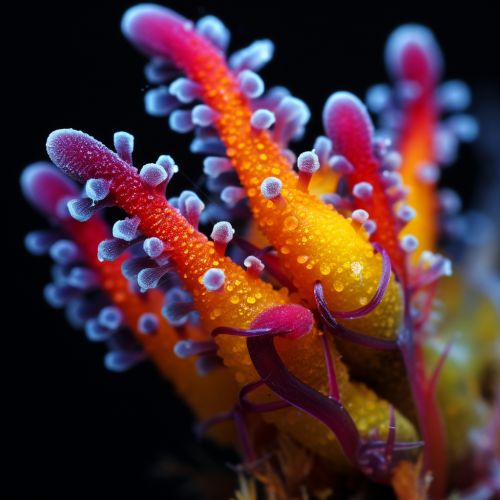Thermococcaceae
Classification and Description
The Thermococcaceae are a family of archaeal microorganisms within the order Thermococcales. They are characterized by their extreme thermophilic nature, thriving in high-temperature environments such as deep-sea hydrothermal vents and oil reservoirs. The family includes several genera, including Thermococcus, Pyrococcus, and Palaeococcus among others.


Characteristics
Members of the Thermococcaceae family are generally anaerobic, meaning they do not require oxygen for growth. They are also hyperthermophiles, capable of surviving and reproducing in extremely high temperatures, typically above 80 degrees Celsius. This ability to thrive in such harsh conditions is due to a variety of specialized adaptations, such as heat-stable enzymes and unique cellular structures.
Metabolism
The metabolic pathways of Thermococcaceae are diverse and complex. They are primarily heterotrophic, obtaining their energy from the breakdown of organic matter. However, some species are capable of autotrophic growth, synthesizing their own food from inorganic substances. The primary metabolic pathways include fermentation, sulfur respiration, and methanogenesis.
Habitat and Distribution
Thermococcaceae are found in a variety of extreme environments around the world. They are particularly abundant in deep-sea hydrothermal vents, where they contribute to the unique and diverse microbial communities found in these ecosystems. Other habitats include hot springs, volcanic regions, and oil reservoirs.
Role in Biotechnology
Due to their unique metabolic capabilities and heat-stable enzymes, Thermococcaceae have potential applications in various fields of biotechnology. For instance, their enzymes can be used in industrial processes that require high temperatures, such as the production of biofuels and the degradation of organic pollutants.
